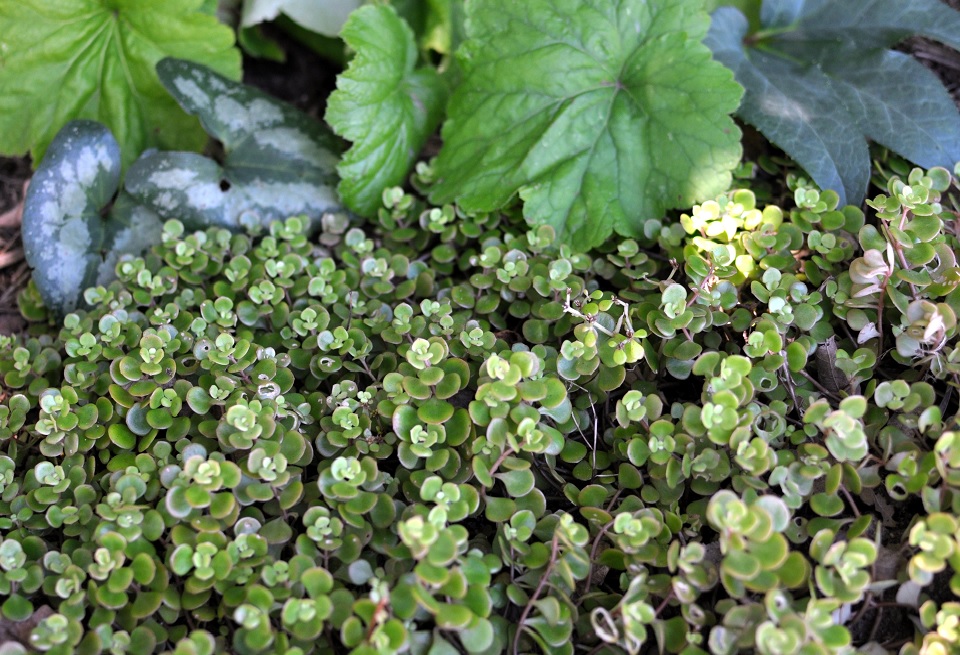
Submitted by Carol Reese, UT Extension horticulture specialist, Western Region
No one can say exactly how many species of sedum there are on the planet. Some may have yet to be discovered, and some are subject to taxonomic debate and get booted out of the sedum genera, while other succulent plants are shifted in. A good estimate would be about 600 species, and then there are the many hybrids and various differing clones that have given rise to numerous popular cultivars.
It’s complicated. Maybe that is why I am dismayed when I see one of the many “pop” gardening sites that recommend “sedum” as a tough plant. Many of them definitely are. I know of an ancient Sedum spectabile, an upright clumping form, that has been in the same concrete urn at a friend’s house since my high school days nearly a half century ago.
That durability is not a constant for all sedum. I have watched a number of them struggle and die in our challenging Tennessee climate. Some couldn’t tolerate the heat, others the cold, and for still others, it was the moisture, especially during the winter months. The one thing that all sedum have in common is a need for good drainage.
I have also seen many sedum that decided they would survive, but look nothing like they do in other regions of the country. Purple-foliaged forms often turn the color of milky coffee in our summer heat, or the spreading groundcover types become leggy and sparse, with more stem than foliage.
A few of them perform admirably. Chinese sedum, Sedum tetractinum, is one that warrants wider use for its good looks in all four seasons and its ability to tolerate less than ideal conditions. Like most succulents it is noted for drought tolerance, but also is forgiving if it occasionally gets more water than ideal. While often listed as a plant for full sun, it tolerates partial shade admirably, staying dense and pretty in the UT Gardens, Jackson, where it only gets a few hours of morning sun.
This low-growing, spreading sedum is like the proverbial loaves and fishes, so anytime you want to share it, or have it in another place in the garden, simply lift a chunk and plop it in place, with just enough soil contact for it to take hold. A couple of waterings and it will be home free. It’s easy to pull up where unwanted.
I’ve also found it to be a cheerful companion in container combinations, even when paired with plants that like regular watering such as coleus, as long as the container medium is of a good porous quality.
Hardy to zone 5, it should be utilized more throughout the state, and will provide interest year-round, turning an interesting bronze-green with reddish tips in winter. In midsummer, clusters of small yellow flowers attract butterflies. In Jackson, it can be seen at the UT Gardens near the gazebo, under the ‘Little Woody’ redbud. You may find Chinese sedum in nurseries labeled with the more colorful marketing name, coral reef sedum.
Carol Reese is the Western Region Ornamental Horticulture Specialist for University of Tennessee Extension. Her office is located in the West Tennessee AgResearch and Education Center in Jackson.The University of Tennessee Gardens located in Knoxville, Crossville and Jackson are part of the UT Institute of Agriculture. Designated as the official botanical garden for the State of Tennessee, the gardens’ mission is to foster appreciation, education and stewardship of plants through garden displays, educational programs and research trials. The gardens are open during all seasons and free to the public except during designated special events. For more information see utgardens.tennessee.edu.
Contact:
Patricia McDaniels, UTIA Marketing and Communications, 615-835-4570